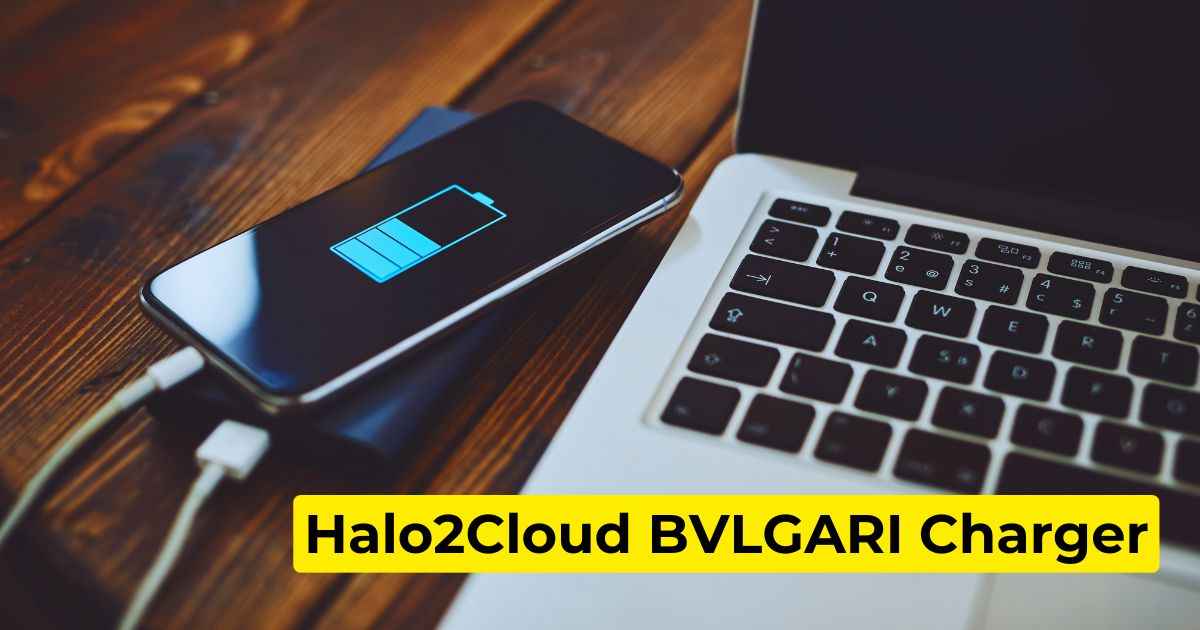In today’s digital age, the internet plays a crucial role in our daily lives. As we connect devices globally, the need for a robust addressing system becomes essential. IPv6, the latest version of the Internet Protocol, provides an almost limitless pool of addresses necessary for the expanding number of internet-connected devices. This guide will delve into the specifics of one such IPv6 address: 2607:fb91:15af:7350::62. We will explore its structure, ownership, usage, and much more. By understanding this address, you will gain insight into the mechanics of IPv6 and the ongoing evolution of internet connectivity.
Understanding IPv6
The Internet Protocol (IP) serves as the foundational protocol for data exchange over the internet. It assigns unique addresses to each device, enabling seamless communication. The original version, IPv4, has been the standard for decades, using 32-bit addresses that allow for about 4.3 billion unique addresses. However, with the exponential growth of devices connecting to the internet, IPv4 has reached its limits, prompting the development of IPv6.
IPv6 utilizes a 128-bit addressing scheme, vastly increasing the address space to approximately 340 undecillion addresses. This staggering number ensures that every device, sensor, and service can have its unique address without the risk of exhaustion. IPv6 addresses consist of eight groups of four hexadecimal digits, separated by colons. This shift not only addresses the limitations of IPv4 but also introduces enhancements like improved security and more efficient routing. Understanding IPv6 proves crucial as we move toward a more connected future.
Breakdown of 2607:fb91:15af:7350::62
To grasp the address 2607:fb91:15af:7350::62, we must analyze its structure. IPv6 addresses feature a hierarchical design and can divide into two main components: the network prefix and the interface identifier. The first four groups, 2607:fb91:15af:7350, form the network prefix, while the last part, 62, specifies the interface or device within that network.
The :: notation in IPv6 indicates that one or more groups of zeros have been omitted for brevity. In this case, :: signifies that the address has compressed, making it easier to read and write. This address belongs to a specific organization or network, which you can identify through an address lookup. Each segment of this IPv6 address serves a particular purpose, allowing devices to communicate effectively within a larger network.
Who Owns 2607:fb91:15af:7350::62?
Identifying the ownership of an IPv6 address like 2607:fb91:15af:7350::62 involves using WHOIS services. These services provide information about registered IP addresses, including the organization that owns them, contact information, and geographical data. For instance, performing a lookup for 2607:fb91:15af:7350::62 might reveal that it associates with a specific Internet Service Provider (ISP) or organization.
Understanding ownership remains essential for various reasons, including network management, troubleshooting, and ensuring compliance with regulations. Knowing who owns an address also provides insights into the geographical distribution of internet resources. By identifying the address owner, network administrators can make informed decisions regarding connectivity and security.
Also Read: Ballantyne Rotary Club Service Above Self Award
Usage of 2607:fb91:15af:7350::62
The IPv6 address 2607:fb91:15af:7350::62 could serve various applications and devices, ranging from servers and routers to IoT devices. With the rise of the Internet of Things (IoT), every internet-connected device—be it a smart thermostat, wearable health tracker, or industrial sensor—requires a unique IP address. This address enables communication between devices and centralized services.
In practical terms, 2607:fb91:15af:7350::62 might belong to a server that hosts a website or provides a cloud-based service. It could also form part of a network configuration for businesses leveraging IPv6 for internal communication. As the demand for connectivity increases, understanding how such addresses are used becomes essential for anyone involved in IT or networking.
How to Trace 2607:fb91:15af:7350::62
Tracing an IPv6 address like 2607:fb91:15af:7350::62 involves using various online tools and commands. One straightforward method involves utilizing an IP address lookup service. Websites like ARIN (American Registry for Internet Numbers) or WHOIS can provide detailed information about the address, including the owner, registration details, and more.
To perform a lookup, enter the IPv6 address into the search bar of these services. The results will display information such as the organization that owns the address and its geographical location. Additionally, command-line tools like ping, traceroute, or dig can help test connectivity and resolve the address to a domain name. This process aids in diagnosing network issues and verifying connection integrity.
Common Issues with IPv6 Addresses
Despite its advantages, transitioning to IPv6 poses challenges. Users may encounter various connectivity issues related to IPv6 addresses like 2607:fb91:15af:7350::62. Common problems include misconfigured routers, lack of support from ISPs, and compatibility issues with older software or hardware that only supports IPv4.
To troubleshoot these issues, users should ensure their devices and network configurations support IPv6. This may involve updating firmware, reconfiguring network settings, or contacting their ISP for support. Using diagnostic tools to test connectivity can help identify problem areas. As more devices transition to IPv6, understanding these potential issues will become increasingly important for users and network administrators alike.
The Future of IPv6 and Addresses Like 2607:fb91:15af:7350::62
The future of the internet heavily relies on successful IPv6 adoption. As more devices come online and the number of internet users continues to grow, the limitations of IPv4 will become even more pronounced. The vast address space offered by IPv6 allows for innovative solutions in various fields, from smart cities and autonomous vehicles to advanced healthcare systems and beyond.
Addresses like 2607:fb91:15af:7350::62 represent a shift toward a more interconnected world, where every device can be uniquely identified and addressed. As organizations and individuals increasingly adopt IPv6, we can expect to see a rise in applications and services that leverage this technology. The transition will also require ongoing education and support to ensure that all users can navigate the new landscape of internet connectivity effectively.
Frequently Asked Questions (FAQs)
What is the difference between IPv4 and IPv6?
IPv4 uses a 32-bit address space, allowing for approximately 4.3 billion unique addresses, while IPv6 employs a 128-bit address space, accommodating about 340 undecillion addresses. This expanded space remains essential for the growing number of internet-connected devices.
How can I find out if my device supports IPv6?
To determine if your device supports IPv6, check your network settings or run an online IPv6 test. Most modern devices, including smartphones and computers, support IPv6, but you may need to configure settings with your ISP.
Why is 2607:fb91:15af:7350::62 important?
This address exemplifies the new generation of IP addresses enabled by IPv6. Understanding addresses like 2607:fb91:15af:7350::62 helps illustrate the ongoing evolution of internet connectivity and the transition from IPv4 to IPv6.
Conclusion
In conclusion, the IPv6 address 2607:fb91:15af:7350::62 serves as a representation of the future of internet connectivity. As we transition from IPv4 to IPv6, understanding the structure, ownership, usage, and potential issues associated with these addresses is vital. With the number of internet-connected devices only set to increase, the importance of IPv6 cannot be overstated. By delving into the specifics of addresses like 2607:fb91:15af:7350::62, we gain valuable insights into the mechanics of modern networking and the challenges and opportunities that lie ahead. As we move forward, continued education and adaptation will be key to harnessing the full potential of the internet.










